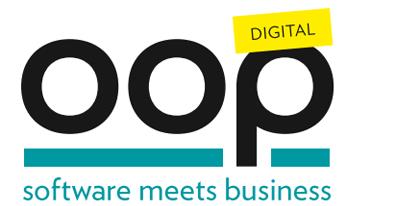
RÜCKBLICK AUF DAS PROGRAMM 2021
Stories of Incremental Improvements on the Way to Continuous Everything
After years of introducing “CI”/CD-Pipelines, after using Jenkins, CircleCI, Docker and K8s, your teams still don’t deliver software within minutes? And your customers still know about bugs before you do? Well, maybe you’re doing it wrong.
We’ll share our experiences on how to incrementally get organisations and systems to be able to leverage all the things associated with “continuous everything”. We argue for solutions tailored to individual situations, and more connected to software craftsmanship than to buzzwords and boxed solutions.
Target Audience: Everyone with the challenge to get functionality to customers - quick
Prerequisites: Some knowledge about general software development
Level: Advanced
Extended Abstract:
After years of introducing “CI”/CD-Pipelines, after using Jenkins, CircleCI, Docker and K8s, your teams still don’t deliver software within minutes? And your customers still know about bugs before you do?
Maybe designing the perfect world during your first sprint just doesn’t cut it. The beautiful docker scaling idea just doesn’t work, because the “microservice” can only run in one instance at a time. The testautomation framework the Ops team provided can unfortunately not test your windows application. Your elasticsearch needs more and more space, but none of the developers have removed a single exception notification. The awesome buildpipeline with the included tests has a great dashboard that shows a red build continuously, but no one cares and you still do hotfixes on the production system. And your last major “refactoring” branch has been running green for the last two month, but you just can’t merge it back into your production code without breaking a few minds.
Well, maybe you’re doing it wrong.
Companies that successfully employ continuous delivery usually don’t excel in their tools. They excel in the architecture of their software, they excel in the way the people in the company work together, they excel in the way everyone actually understands what they are doing. In such environments people are not afraid of magic things that might happen in some unknown system, but leverage tools to automate things they themselves know how to do - so good that it gets boring and thus these tasks are better done by tools.
We’ll share our experiences on how to incrementally get organisations and systems to be able to leverage all the things associated with “continuous everything”. We argue for solutions tailored to individual situations, and more connected to software craftsmanship than to buzzwords and boxed solutions.
Michael Mahlberg is a method-agnostic method consultant since the 1980s – In the beginning more in the areas of analysis, design and architecture, nowadays more in the area of processes and change. Mantra: Accept Reality.
Vortrag Teilen


